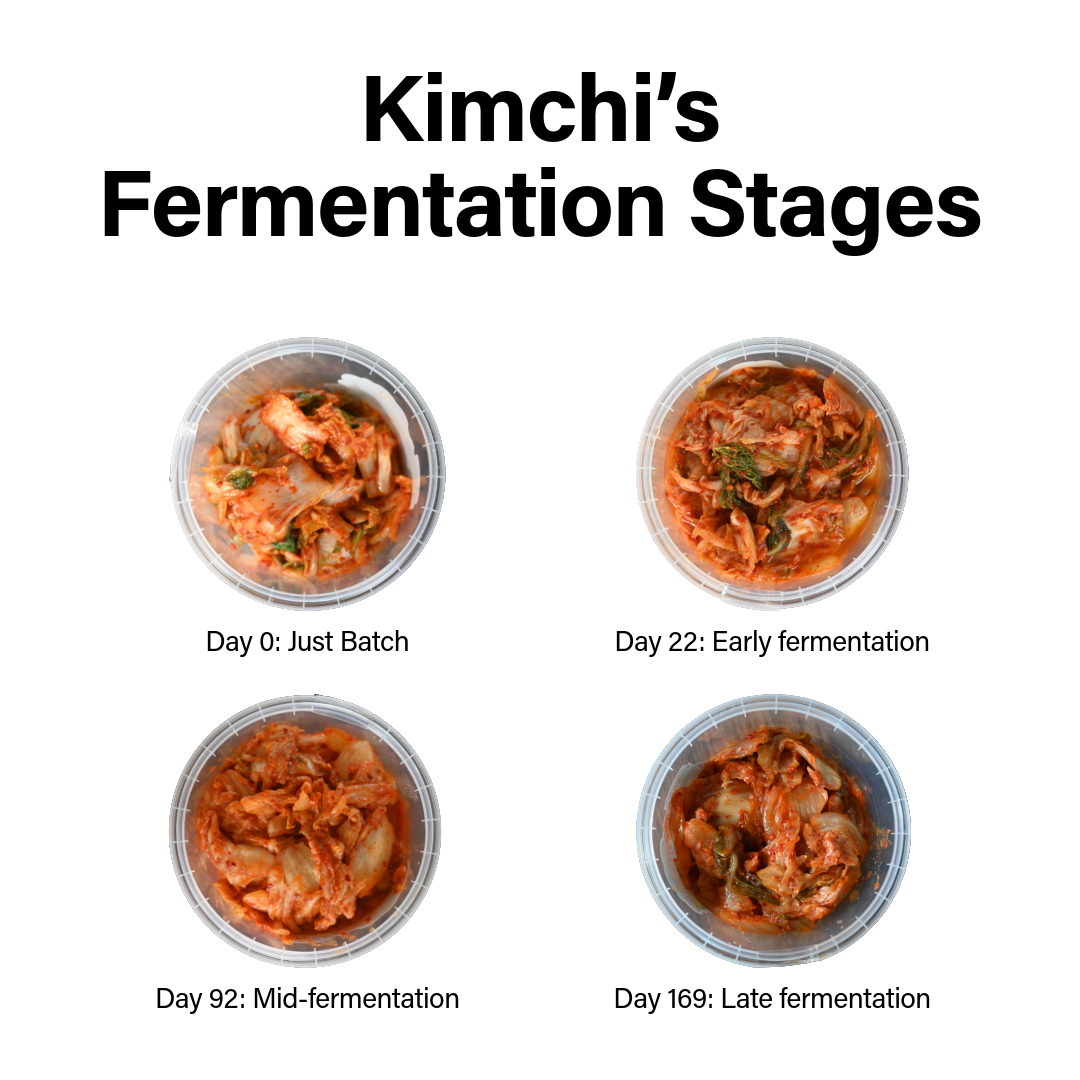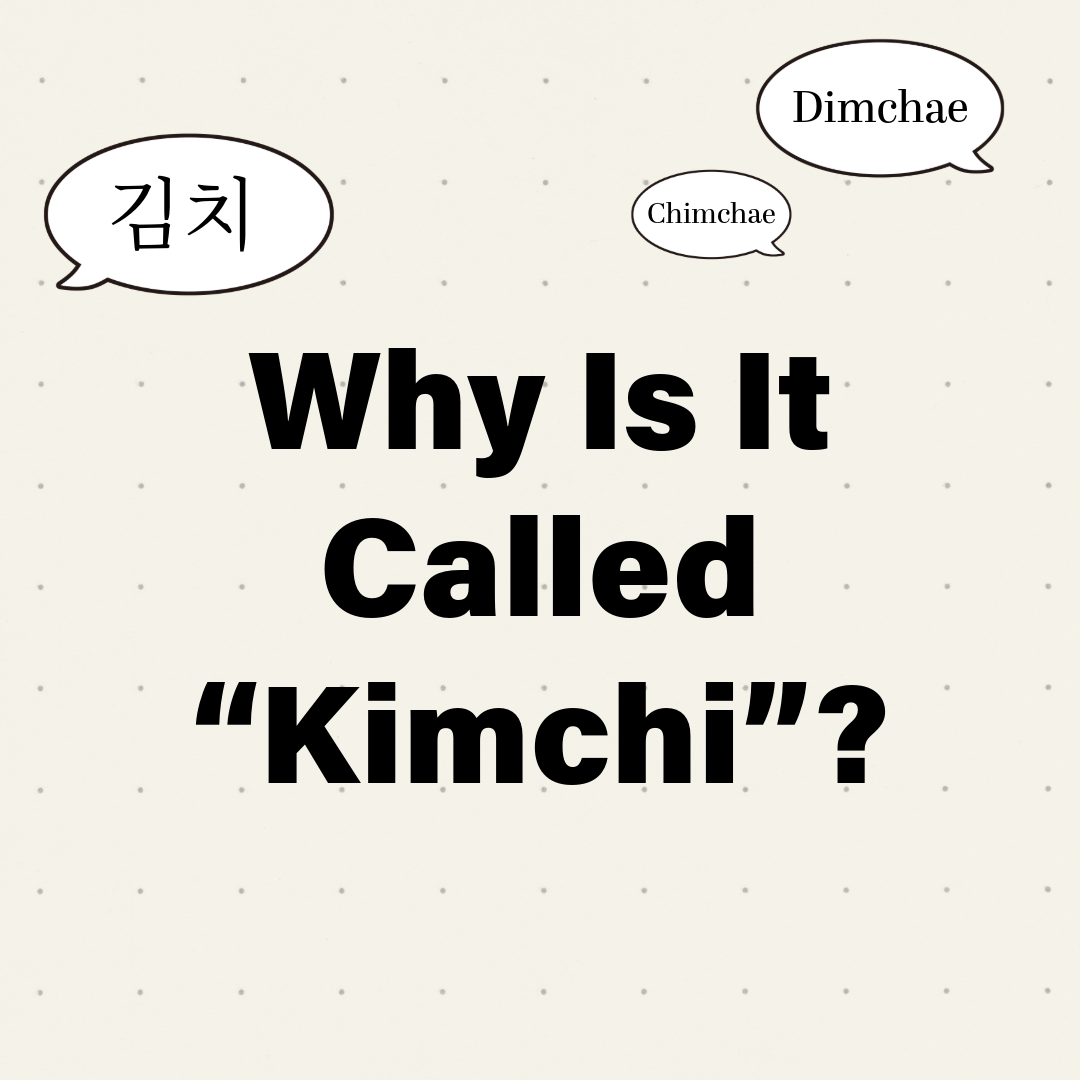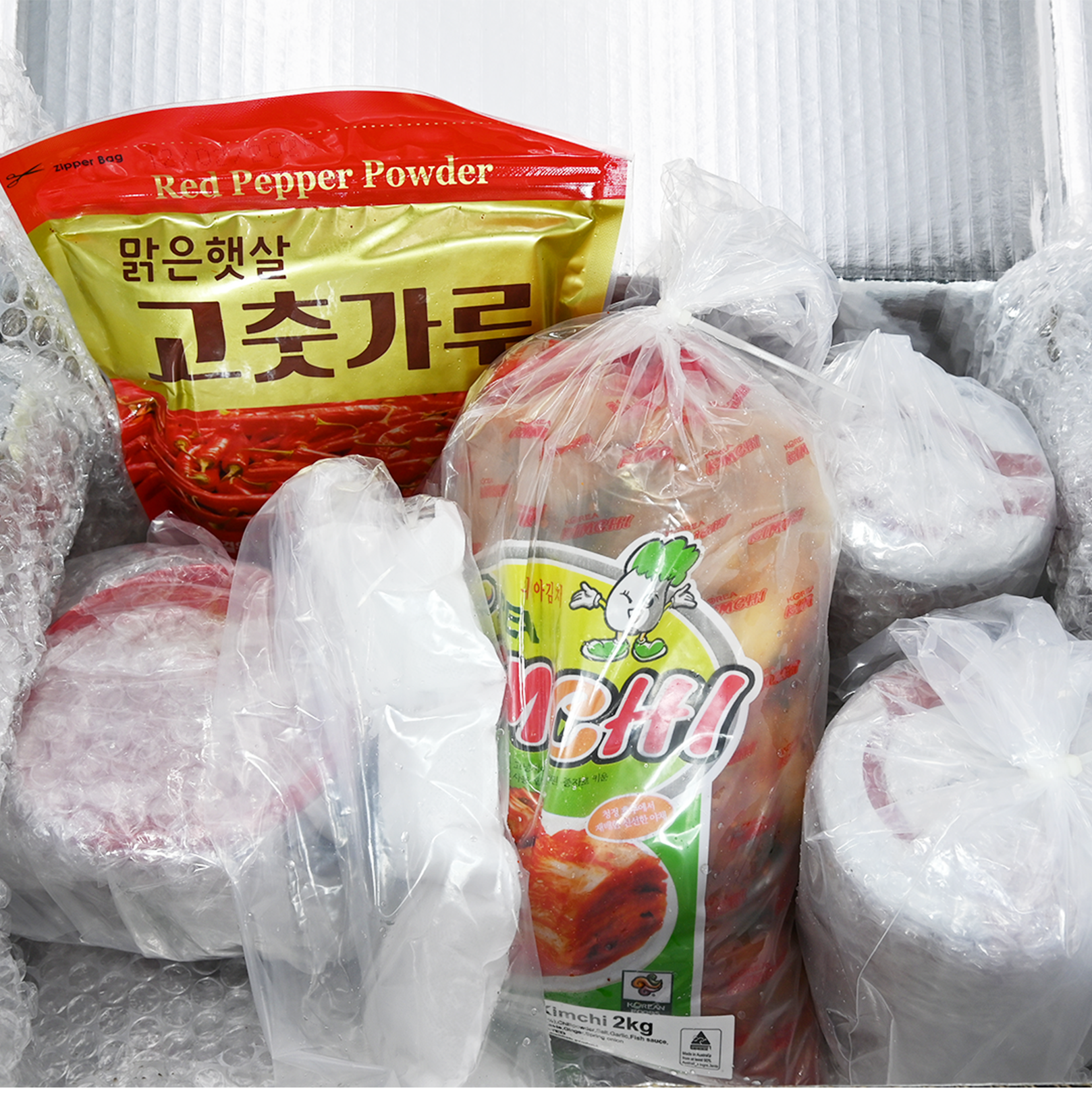Sarah Yoo
Aug 15, 2024
Kimchi History:
Did you know that kimchi was originally made without chili?
When we think of the kimchi we enjoy today, the image of fiery red chili peppers and the vibrant, bold hue of red chili powder immediately comes to mind. This vivid spiciness is what defines modern kimchi, giving it the distinctive flavor and color that so many of us love. It’s hard to imagine kimchi without the kick of chili, as it's become such an integral part of the dish, embodying the rich and dynamic flavors of Korean cuisine.
Can you imagine that kimchi was made without chili peppers, the earliest versions of kimchi date back over 1,500 years.
Table of Content
- Kimchi is only 100 years old?
- The Evolution of Kimchi
- The Fermentation Process of Kimchi
- The Youtube of Kimchi History
- Conclusion
Mordern Kimchi is only 100 years old?
Kimchi is a traditional fermented food and a type of seasoned dish in Korea. Vegetables, typically cabbage, are salted and fermented to enhance their shelf life, then seasoned to give them flavor. It's considered the most iconic Korean dish, known for its spicy and savory taste. Kimchi has a long history as a staple in Korean cuisine, and even single-person households in Korea today typically have kimchi on hand.
However, did you know that korean cabbage kimchi, as we know it today, is actually a relatively recent creation, only about 100 years old? So, how did this version of kimchi come to be?

Image by Byung Hyun Ahn from chosun media

The Evolution of Kimchi
It is relatively well-known that chili peppers were introduced to Korea through Japan following the Imjin War (1592). The introduction of chili peppers into Korean cuisine brought about significant changes in the food culture.
However, it took around 150 years before chili peppers were used in kimchi.
So, what did Koreans add to kimchi before chili powders?
Interestingly, it turns out that Koreans, who have long had a preference for spicy flavors, used chopi powder in their kimchi. Chopi is a powder made from the fruit of the chopi tree, and it is often confused with Sichuan pepper. While chopi powder added a spicy kick to kimchi, its usage was cumbersome due to the laborious process of harvesting the fruits from the tree and grinding them into powder.
Another key ingredient in kimchi is cabbage.
Before the introduction of the modern Napa cabbage in Korea, there was a native variety of cabbage that was quite different. This traditional cabbage had weak, drooping leaves. The sturdy, densely-leaved Napa cabbage that we use today was introduced from China in the late 19th or early 20th century.
According to some accounts, Dr. Woo Jang-choon, who is also famous for developing seedless watermelons, played a role in bringing Napa cabbage to Korea and adapting it to the local soil, leading to the variety we know today.
However, not everyone in Korea could easily enjoy kimchi in the past.
One of the essential ingredients in making kimchi is salt, which used to be an expensive commodity. As a result, ordinary people could not freely use salt as they do today. They often had to rely on leftover brine from wealthy households or even used seawater to salt their cabbage.
This is why the kimchi we are familiar with today has only been around for about 100 years.
The Fermentation Process of Kimchi
Kimchi's unique flavor and nutritional benefits come from its intricate fermentation process, which transforms simple ingredients into a complex and tangy dish.
Salting the Cabbage
Fresh Napa cabbage is initially crisp and somewhat tough to chew. When salted, the cabbage softens, becoming more pliable and pleasant to eat while still retaining its freshness.
Fermentation Process
Fermentation begins as enzymes in the saltwater react with the cabbage's fibers. This process produces amino acids and lactic acid, giving kimchi its distinctive fermented flavor.
Adding Seasoning
The next step is adding a variety of seasonings. These can vary by region but typically include ingredients like red chili peppers, garlic, green onions, fish sauce, squid, and pine nuts.
Production of Lactic Acid Bacteria
The seasonings penetrate the cabbage through the fibers opened by the salt, leading to the production of a large amount of lactic acid bacteria(probiotics). These bacteria are crucial to kimchi's unique taste and play an important role in promoting gut health by enhancing intestinal activity and inhibiting the growth of harmful bacteria.
Carbon Dioxide Formation During Fermentation
As the lactic acid bacteria ferment, they produce small amounts of carbon dioxide. When dissolved in the liquid, this gas forms carbonic acid, which gives kimchi a refreshing, slightly fizzy taste. Over time, as more carbonic acid is released, bubbles may form in the kimchi.
Storage Methods
To slow the fermentation process, traditional methods involved burying kimchi underground. This practice was essential for controlling the fermentation rate and preserving the flavor. The ideal temperature for fermenting kimchi is around 15°C (59°F). At this temperature, approximately 13 different types of lactic acid bacteria are produced, and DNA analysis has shown that the lactic acid bacteria generated at 15°C provide the highest nutritional value.
The Youtube of Kimchi History
Conclusion
Before chili powder was introduced to Korea, kimchi was similar to what we now call baekkimchi(white kimchi), but it had a subtle spiciness from the use of chopi powder. Over centuries, kimchi evolved alongside Korean life, encapsulating the nation's sentiments and cultural heritage. This deep historical connection and cultural significance helped kimchi achieve recognition as a UNESCO Intangible Cultural Heritage. Today, kimchi is not just a dish but a masterpiece that represents the soul and traditions of Korea, honored as a treasured gem of our culture by the world.




